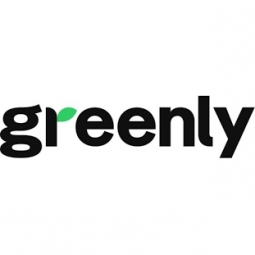下载PDF
Emlyon Business School's Journey to Net Zero with Greenly
技术
- 传感器 - 环境传感器
- 传感器 - 气体传感器
适用行业
- 教育
- 石油和天然气
适用功能
- 维护
- 采购
用例
- 连续排放监测系统
- 虚拟培训
服务
- 测试与认证
- 培训
挑战
法国里昂商学院希望应对《巴黎协定》中概述的挑战,并成为经过认证的净零贡献者。
关于客户
里昂商学院是一个社会使命,旨在培养开明的人才,推动组织转型,打造一个更加公正、可持续和环境友好的社会。他们在 6 个校区拥有来自 125 个国家/地区的 9,020 名学生,并拥有遍布 130 个国家/地区的 38,600 名毕业生。
解决方案
里昂商学院与 Greenly 合作计算他们的碳足迹,实施减少排放的行动计划,并成为净零贡献者。
运营影响
数量效益
相关案例.

Case Study
Taking Oil and Gas Exploration to the Next Level
DownUnder GeoSolutions (DUG) wanted to increase computing performance by 5 to 10 times to improve seismic processing. The solution must build on current architecture software investments without sacrificing existing software and scale computing without scaling IT infrastructure costs.

Case Study
Remote Wellhead Monitoring
Each wellhead was equipped with various sensors and meters that needed to be monitored and controlled from a central HMI, often miles away from the assets in the field. Redundant solar and wind generators were installed at each wellhead to support the electrical needs of the pumpstations, temperature meters, cameras, and cellular modules. In addition to asset management and remote control capabilities, data logging for remote surveillance and alarm notifications was a key demand from the customer. Terra Ferma’s solution needed to be power efficient, reliable, and capable of supporting high-bandwidth data-feeds. They needed a multi-link cellular connection to a central server that sustained reliable and redundant monitoring and control of flow meters, temperature sensors, power supply, and event-logging; including video and image files. This open-standard network needed to interface with the existing SCADA and proprietary network management software.

Case Study
Refinery Saves Over $700,000 with Smart Wireless
One of the largest petroleum refineries in the world is equipped to refine various types of crude oil and manufacture various grades of fuel from motor gasoline to Aviation Turbine Fuel. Due to wear and tear, eight hydrogen valves in each refinery were leaking, and each cost $1800 per ton of hydrogen vented. The plant also had leakage on nearly 30 flare control hydrocarbon valves. The refinery wanted a continuous, online monitoring system that could catch leaks early, minimize hydrogen and hydrocarbon production losses, and improve safety for maintenance.








